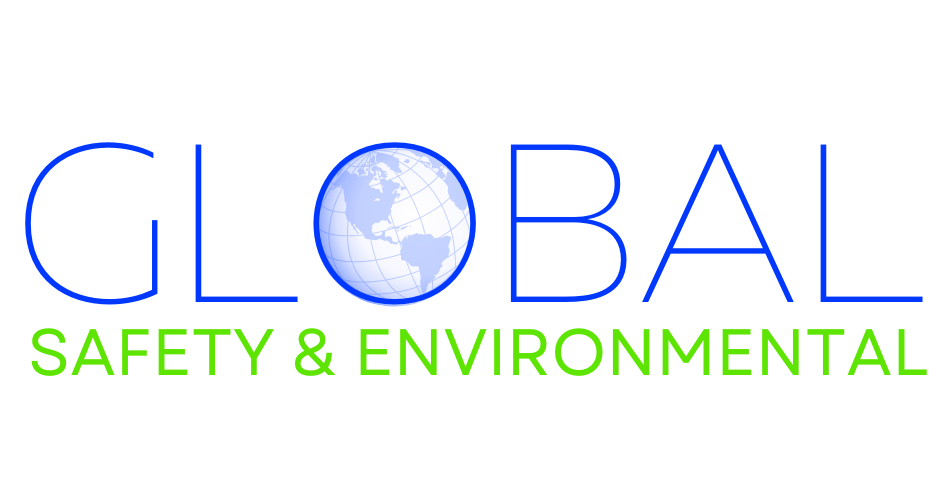İşyeri güvenliği, dünya genelindeki kuruluşlar için kritik bir endişe kaynağıdır. Endüstriler gelişip yeni zorluklara uyum sağladıkça, çalışanların karşılaştığı riskler ve tehlikeler de gelişir. Son veriler, işyeri kazalarında, yaralanma oranlarında ve güvenlik önceliklerinde değişen kalıpları ortaya koymaktadır. Bu eğilimleri anlamak, işverenler, çalışanlar ve politika yapıcılar için daha güvenli ortamlar yaratmak ve işyeri kazalarının insan ve ekonomik bedelini azaltmak açısından önemlidir.
Son zamanlarda yapılan bir araştırmadan elde edilen şaşırtıcı bir bulgu, dünya çapında her yıl 2,3 milyondan fazla insanın iş kaynaklı yaralanmalara veya hastalıklara yenik düştüğünü vurguluyor; bu, eldeki risklerin çarpıcı bir hatırlatıcısı. Bu makale, en son güvenlik verilerini inceliyor, ortaya çıkan tehlikeleri belirliyor ve endüstrilerin riskleri azaltmak için nasıl yanıt verdiğini inceliyor.
İşyeri Tehlikelerini Anlamak
İş yeri tehlikeleri, fiziksel, kimyasal, biyolojik ve ergonomik tehditler de dahil olmak üzere çalışanlara zarar verebilecek çok çeşitli riskleri kapsar. Tarihsel olarak, inşaat, imalat ve madencilik gibi endüstriler, işlerinin doğası gereği tehlikeli olması nedeniyle yüksek yaralanma oranlarıyla eş anlamlı olmuştur. Ancak, modern işyerleri artık psikososyal stres faktörleri, siber güvenlik açıkları ve sağlık salgınları gibi gelişen risklerle mücadele ediyor.
Son güvenlik raporlarından önemli istatistikler:
- Yaralanma oranları: Çalışma İstatistikleri Bürosu (BLS), 2023 yılında genel işyeri yaralanma oranlarında %1,7% düşüş bildirdi, ancak depolama ve sağlık hizmetleri gibi belirli sektörlerde önemli artışlar görüldü.
- Uzaktan çalışma riskleri: Ergonomik yaralanmalar Uzaktan çalışanlar arasında 2020'den bu yana 30% artış yaşandı ve bu da evden uygun çalışma düzenlemelerinin önemini vurguladı.
- Ruhsal sağlık sorunları: Anketler, çalışanların %'sinin artan stres seviyeleri bildirdiğini ve bunun doğrudan üretkenliğin azalmasına ve güvenlik olaylarının artmasına bağlı olduğunu gösteriyor.
İşyeri Güvenliğindeki Temel Trendler
1. Teknoloji Odaklı Güvenlik Yenilikleri
Teknoloji, işyeri güvenliği uygulamalarında devrim yaratmaya devam ediyor. Giyilebilir cihazlardan öngörücü analizlere kadar, şirketler riskleri proaktif bir şekilde belirlemek ve azaltmak için teknolojiden yararlanıyor.
- Giyilebilir güvenlik cihazları: Sensörlerle donatılmış akıllı kasklar ve yelekler sıcaklık, gürültü ve gaz seviyeleri gibi çevresel koşulları izler. Bu cihazlar gerçek zamanlı uyarılar sağlayarak kaza olasılığını azaltır.
- Yapay zeka ve öngörücü analizler: Olay raporları ve operasyonel kayıtlardan gelen veriler artık yüksek riskli durumları tahmin etmek için AI kullanılarak analiz ediliyor. Örneğin, lojistik şirketleri ekipman bakımının ne zaman gerekli olduğunu tahmin etmek ve mekanik arızaları önlemek için AI kullanıyor.
- Robotik: Üretim gibi sektörlerde robotlar yüksek riskli görevleri üstlenerek çalışanların tehlikeli koşullara maruz kalma riskini en aza indiriyor.
2. Psikososyal Tehlikelere Odaklanın
Akıl sağlığı ve işyeri stresi, güvenlik endişeleri olarak giderek daha fazla ilgi görüyor. İş güvencesizliği, uzun çalışma saatleri ve uzaktan çalışma izolasyon stres seviyelerinin artmasına neden oluyor.
- Güvenliğe etkisi: Yorgun veya stresli bir çalışan hata yapmaya daha yatkındır, bu da potansiyel yaralanmalara veya kazalara yol açabilir.
- Sektörün yanıtları: İşverenler bu zorlukları ele almak için çalışan yardım programları (EAP) uyguluyor, ruh sağlığı kaynakları sunuyor ve açık iletişimi teşvik ediyor.
3. Değişen İşgücü Demografisine Uyum Sağlama
Yaşlanan iş gücü ve artan çeşitlilik, özel güvenlik stratejileri gerektiriyor.
- Yaşlanan işgücü: Yaşlı çalışanlar kas-iskelet yaralanmalarına daha yatkındır. İşverenler ergonomik olarak uygun iş istasyonları tasarlayarak ve eklem sağlığı ve hareketliliğini hedefleyen sağlıklı yaşam programları sunarak yanıt veriyor.
- Çeşitlilik ve kapsayıcılık: Tüm çalışanların güvenlik protokollerini anlamasını sağlamak için çok dilli güvenlik eğitimi ve kültürel açıdan hassas iletişim stratejileri standart hale geliyor.
4. Çevresel ve Sağlık Tehlikelerinin Ele Alınması
İklim değişikliği ve küresel sağlık krizleri, işyeri tehlikelerinin görünümünü yeniden şekillendiriyor.
- İklimle ilgili riskler: Sıcak hava dalgaları gibi aşırı hava olayları, son on yılda açık havada çalışanlar arasında ısıyla ilgili hastalıkları 25% oranında artırdı. Şirketler gölgeli dinlenme alanları, hidrasyon istasyonları ve ısı stresi eğitimiyle uyum sağlıyor.
- Pandemiye hazırlık: Endüstriler kurumsallaşıyor hijyen uygulamalarıBulaşıcı hastalıklara karşı korunmak için geliştirilmiş temizlik protokolleri ve maske zorunluluğu gibi önlemler alındı.
İlerleme belirgin olsa da, etkili güvenlik önlemlerinin uygulanmasında zorluklar devam ediyor. Bütçe kısıtlamaları genellikle gelişmiş teknolojilerin benimsenmesini sınırlandırıyor. İş gücünün önemli bir bölümünü oluşturan küçük ve orta ölçekli işletmeler (KOBİ'ler), son teknoloji çözümler için kaynaklardan yoksun olabilir.
Ek olarak, değişime karşı direnç güvenlik programının başarısını engelleyebilir. Çalışanlar yeni protokolleri külfetli veya gereksiz olarak görebilir ve net iletişim ve katılım ihtiyacını vurgulayabilir. Karşıt argümanlar, zihinsel sağlık gibi belirli eğilimlere aşırı odaklanmanın, kaynakları düşmeler veya ekipman arızaları gibi geleneksel tehlikelerden uzaklaştırabileceğini öne sürüyor. Ancak, anlık riskleri uzun vadeli güvenlik eğilimleriyle dengelemek, bütünsel işyeri güvenliği için hayati öneme sahiptir.
Çözüm
İşyeri tehlikelerinin değişen manzarası proaktif önlemler ve sürekli adaptasyon gerektiriyor. Son veriler, teknolojiyi entegre etmenin, ruh sağlığına hitap etmenin ve stratejileri çeşitli iş güçlerine göre uyarlamanın önemini vurguluyor. Zorluklar devam ederken, inovasyon ve kapsayıcılığa vurgu, işyeri güvenliği için umut verici bir yönü işaret ediyor.
Kuruluşlar için bu eğilimlerin önünde kalmak yalnızca uyumlulukla ilgili değil, aynı zamanda bir bakım ve önleme kültürü oluşturmakla ilgilidir. Çalışanlar da bilgili ve uyanık kalarak önemli bir rol oynarlar. İlerledikçe, sektörler, hükümetler ve çalışanlar arasındaki iş birliği herkes için daha güvenli işyerleri yaratmanın anahtarı olacaktır.
Kuruluşunuz bu eğilimlerle uyum sağlamak için hangi adımları atacak? Daha güvenli bir işyerine giden yol farkındalık ve eylemle başlar.





